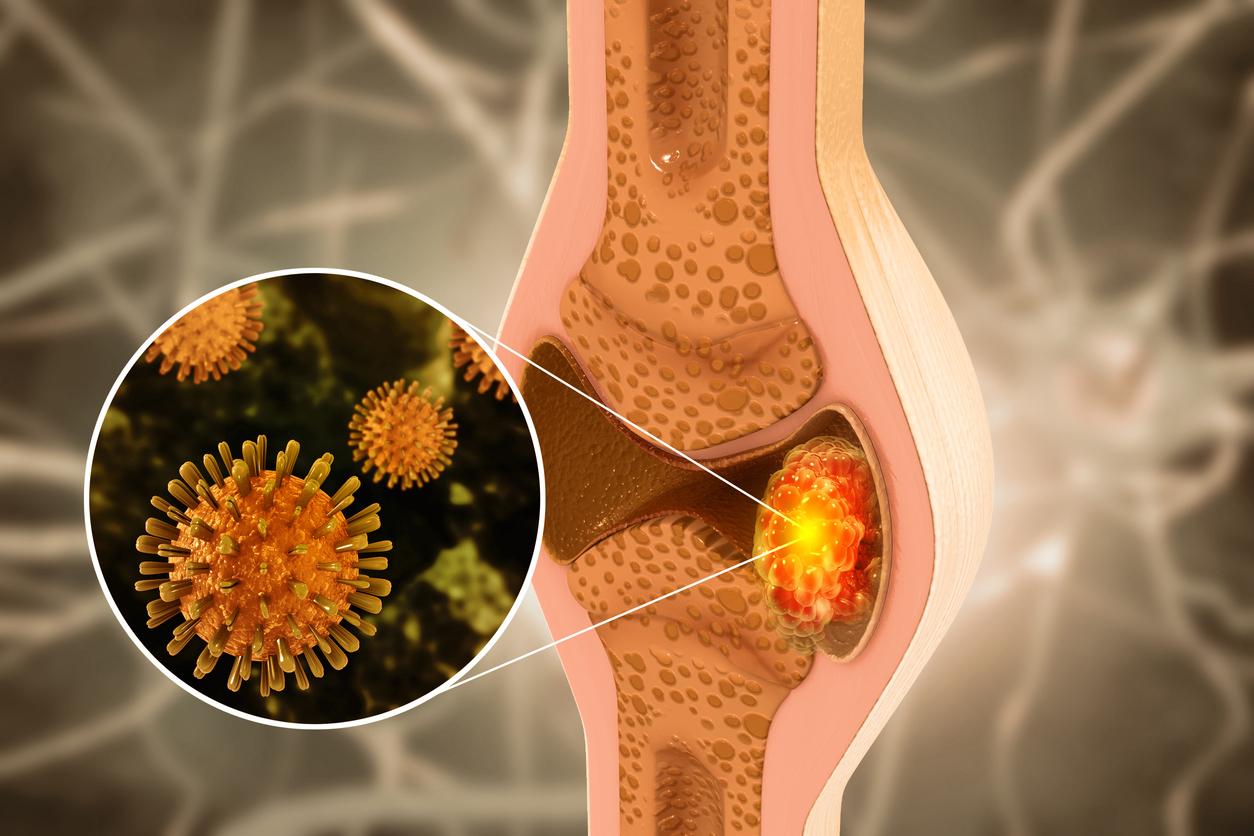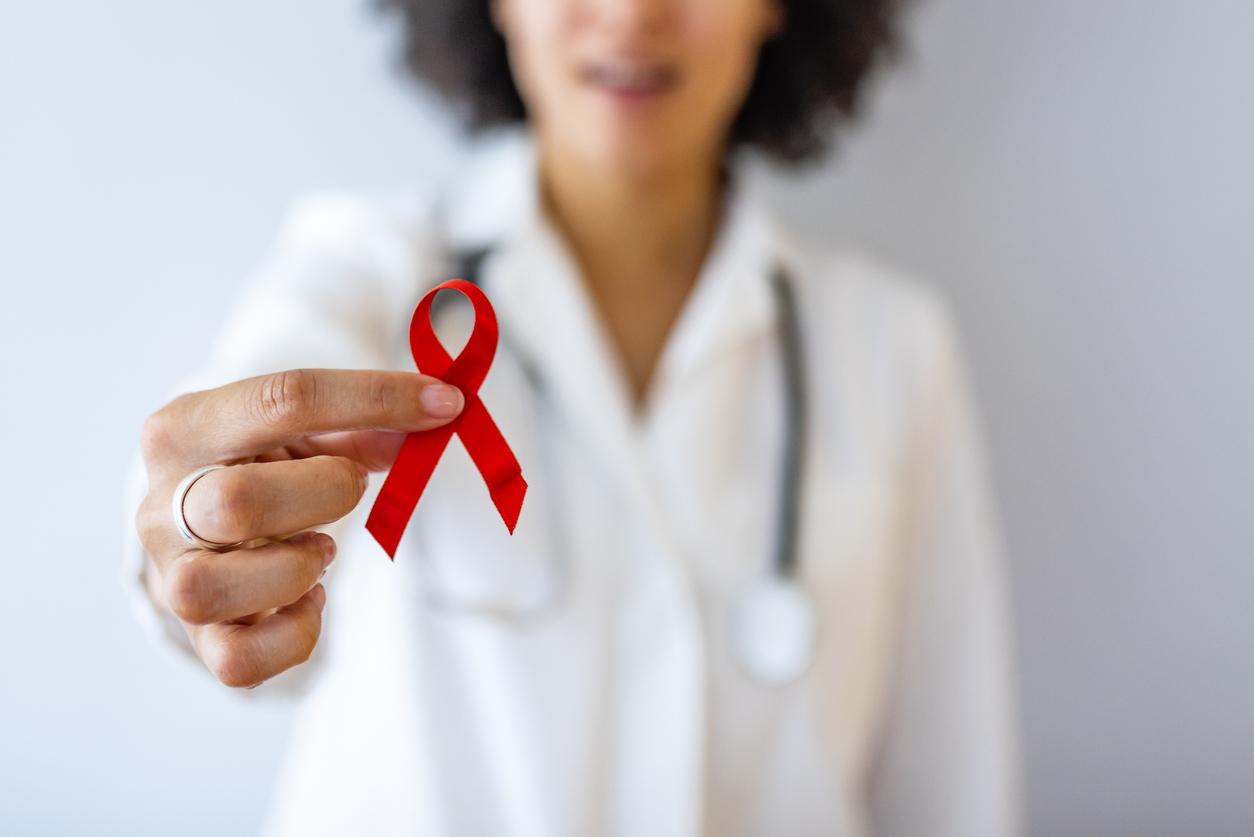In ten years, the 5-year survival of breast cancer has increased from 80% to 87%. An improvement due to therapeutic progress but also to organized cancer screening.

Breast cancer is the most frequently observed cancer in women in France, as in the European Union and the United States. In 2015, more than 54,000 new cases were diagnosed and nearly 12,000 women died in the country. But for a decade, the number of women affected has tended to decrease. Better yet, survival improves.
While 80% of women diagnosed with breast cancer between 1989 and 1993 were still alive 5 years later, this proportion rose to 87% between 2005 and 2010, notes a study by the French Institute for Public Health Surveillance (InVS) and the National Cancer Institute (INCa) published last February. Ten years after diagnosis, 76% of patients are still alive. They are over 65% 15 years later.
This vast survey underlines that these short and medium-term survival rates vary according to age. Thus, net survival at 5 years is maximum for women aged 45 to 74 (93%), it is slightly lower for 15-44 years (90%) and much lower for women over 75 ( 76%).
Early detection
For experts, this considerable improvement in survival has been possible thanks to the significant therapeutic advances made in recent years. But it is also the result of an earlier diagnosis, linked in particular to organized and individual screening.
Breast cancer is one of the three cancers (colorectal and cervix) for which there is a screening program organized throughout the country. Since its introduction in 2004 for all women aged 50 to 74 without a risk factor, 24 million mammograms have been performed. Some 150,000 cancers have been detected in 10 years, or about 17,000 per year. Often early detection, which reduces mortality by 15 to 21% and prevents 150 to 300 cancer deaths per 100,000 women participating on a regular basis for 7 to 10 years.

.

















